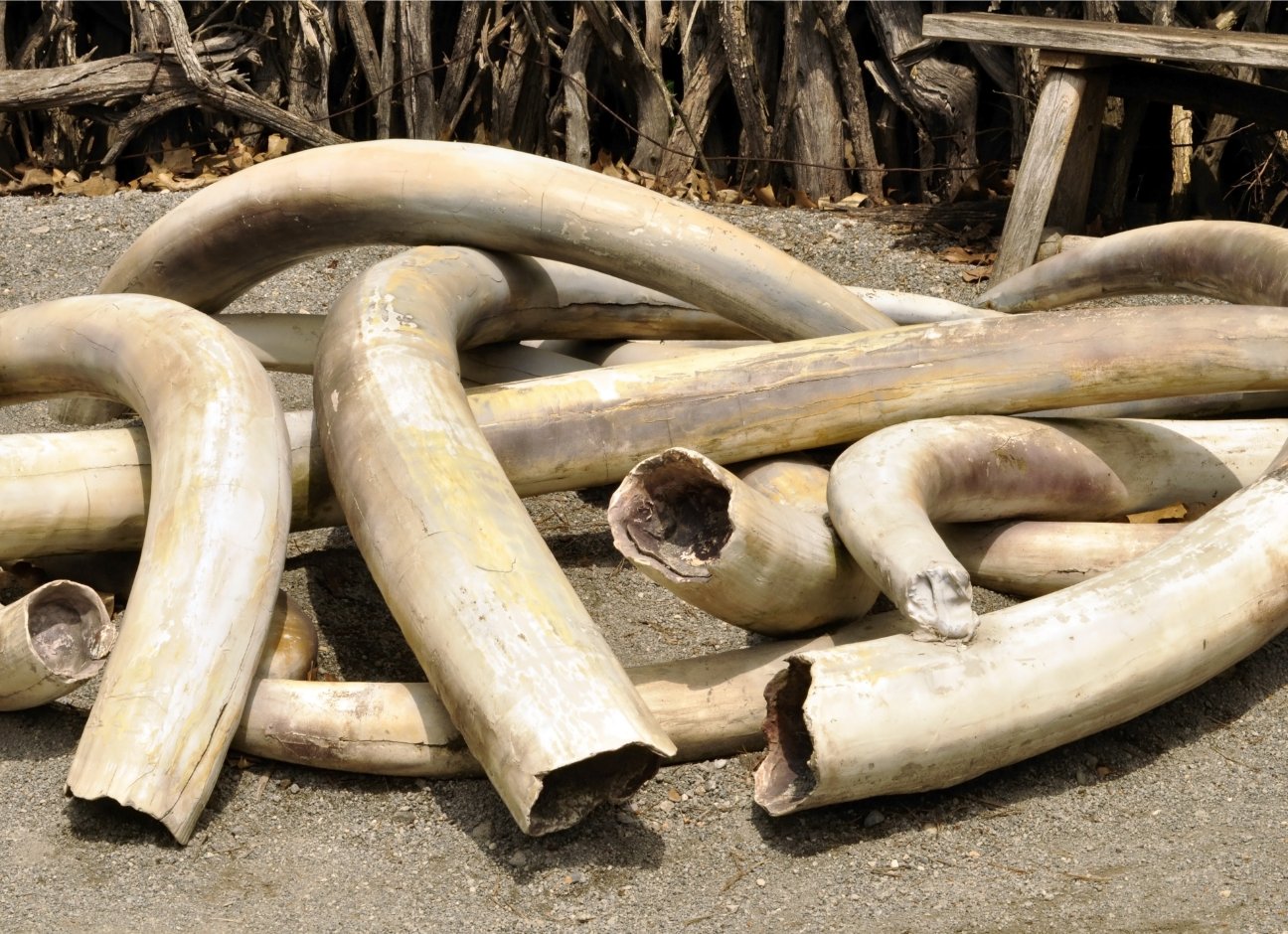Curious about wildlife protection? Here's a look at the laws and enforcing bodies for wildlife protection in India.
News stories about India’s wildlife can often be gruesome, and stories of poaching, human-wildlife conflict, electrocution of wildlife, and industrial projects being given the go-ahead in protected areas are abundant. This may lead to the misconception that India does not have wildlife protection laws. In fact, India has a strict Act to prohibit the illegal hunting of animals, protect its forested areas and prevent the trade of wildlife or their body parts.
The Parliament of India enacted the Wildlife (Protection) Act, 1972 (henceforth referred to as WPA) on the 21st of August, 1972. It is in force in every state of the country except for Jammu and Kashmir, which has its own Act.
The WPA has five main objectives:
- Protection and management of wildlife habitats
- Prohibition of hunting and poaching
- Allowing the Central and State Governments to declare areas as National Parks where the destruction of wildlife or their habitat and grazing of livestock is strictly prohibited
- Regulating trade in wildlife and its derivatives
- Management of zoos

The WPA aims to protect wildlife from poaching, among other crimes. (Image Courtesy- Svetlana Foote-Shutterstock)
Understanding the Schedules:
The WPA protects different species of plants and animals. There are different levels of protection offered under six schedules.
Schedules I and II:
The species listed under these categories are afforded the highest levels of protection under the law as they are extremely rare, endemic, or endangered. People found carrying out offences against any of these species can be punished to the fullest extent of the WPA.
Schedules III and IV:
Species under these schedules are also protected, but the penalties are lower.
Schedule V:
This schedule includes animals that may be hunted (typically declared vermin) like crows and fruit bats.
Schedule VI:
This includes plants that cannot be cultivated or planted.
Punishments:
The punishments meted out for flouting the WPA can vary depending on the species in question, the offence and number of times the arrested individual has broken the law. Penalties for crimes against Schedule I and II species can range from a minimum of three years in prison to a maximum of seven years and/or a fine that can range from Rs. 10,000 to Rs. 25,000. Second-time offences are usually non-bailable unless under particular circumstances inscribed in the Act.
Enforcing Bodies:
The WPA can be enforced by different agencies who can demand penalties be imposed on offenders. These agencies include (but are not limited to):
- Forest Department
- Central Bureau of Investigation (CBI)
- Customs
- Police
- Wildlife Crime Control Bureau (WCCB)
Many individuals working in the field of wildlife crime control are of the view that more of these agencies need to work together to prevent wildlife crime.
Amendments to the Act:
There have been several amendments to the WPA, the first being in 1982, which allowed for the capture and transportation of wild animals for the scientific management of populations. Other amendments dealt with topics like the management of zoos, protection of plant species, the establishment of community forest reserves and more.
Apart from the WPA, India also has the Indian Forest Act (1927), the Forest Conservation Act (1980), the Environment (Protection) Act (1986), the Biological Diversity Act (2002) and National Wildlife Action Plan in place to protect our natural heritage.
It is up to the members of the public, various NGOs and governmental agencies to see that they are enforced and implemented.